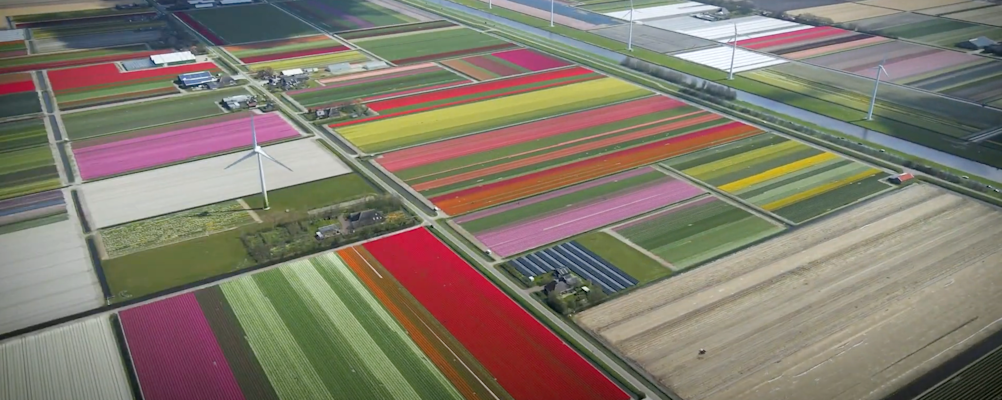Collaborating for Change | Getting movement into agricultural transition
Agricultural entrepreneurs face complex challenges. Besides nitrogen reduction, issues such as climate, water and soil quality, biodiversity, and animal welfare play significant roles. At the same time, pressure on available land increases due to demands for housing, nature conservation, energy production, and recreation. While societal demands and policy frameworks change rapidly, entrepreneurs must make investment decisions looking 15 to 20 years ahead. This causes uncertainty and tension between entrepreneurs, government, and society.
Innovative ecosystems are driving change. Creative professionals, researchers, educational institutions, social organizations, and governments join forces to find solutions for these global challenges. Through this collaboration, new insights and approaches emerge that transcend sectors.
In this video, designers work together with agricultural entrepreneurs, policymakers, and ecologists to understand the agricultural system. They map out paradoxes and values such as vitality, craftsmanship, and justice. Based on these insights, new methods are developed to connect nature restoration and future-proof agriculture. This approach is now being tested in practice within governments and on sites where agriculture and nature coexist.
The video is part of the series 'Collaborating for Change'. It shows what becomes possible when designers, researchers, governments, and social organizations combine their knowledge. This collaboration helps to approach stuck systems differently — and truly get them moving.
Special thanks to Danielle Steffens and Anne Runia.





